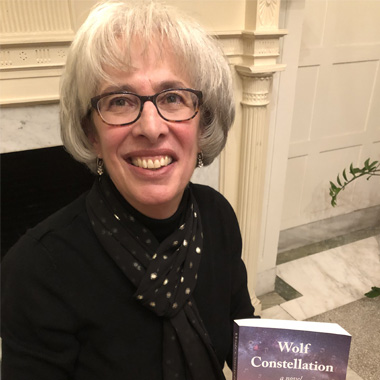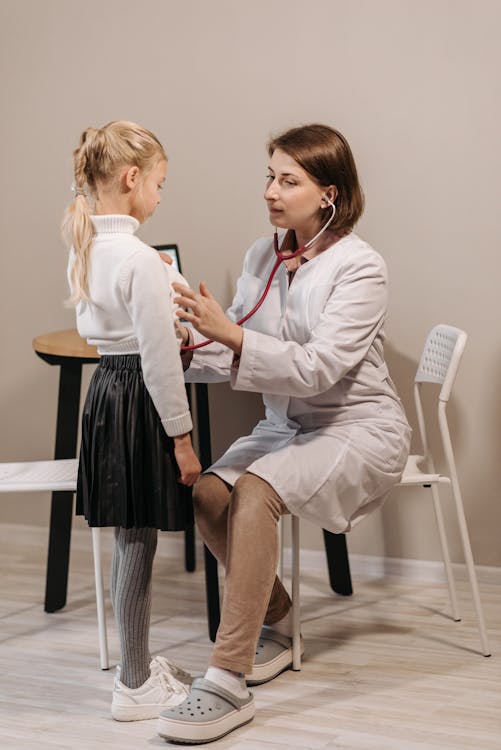
Brenna Beck recalls an email she received in 2020 about an event sponsored by AfterWards — a narrative medicine program that meets monthly. The topic for discussion was “The Guts to Look at It: Robert Colescott’s Painting Emergency Room.” Johns Hopkins
Hospital emergency medicine physicians Kamna Balhara
and
Nathan Irvin
were leading a conversation about the artwork.
“It spoke to me immediately,” says the Johns Hopkins third-year pediatric resident, regarding that invitation. “Medicine is not just about patients and the science. It’s about seeing patients as complex and unique — and building rapport with them.”

Beck has attended AfterWards events virtually ever since,
AfterWards co-founder and director Lauren Small, assistant
professor of pediatrics. Open to everyone across the health system, the event features a discussion about the novel, and a book signing will follow the reading. For a Zoom link and/or directions, please contact lsmall2@jhmi.edu. Indicate whether you will be attending in person or on Zoom.
“AfterWards makes me all the more effective as a physician,” says Beck, who hosted an event in November 2020 about trainees’ COVID-19 stories. She selected a New Yorker story
by Lorrie Moore about a daughter’s attempts to connect with her father via FaceTime as he is dying of COVID-19 in an intensive care unit.
“Narratives humanize our patients,” Beck says. “There’s a lot of grief and trauma, and this time together helps us translate our own experience with equivalent grief into a broader narrative. It’s been energizing.”
Each month, the group meets for an hour about a different topic, stimulated by such prompts as a poem, painting, video or music clip. “We talk, for example, about what it means to be present with your patient, or delivering bad news,” says Small.
Recently, the group discussed the poem Try to Praise the Mutilated World, by Polish poet Adam
Zagajewski, about hope in the face of tragedy. Another event featured Baltimore Museum of Art docent Myrna Goldberg and Johns Hopkins Hospital palliative care nurse Katie Nelson, who presented a close look at selected artwork from the BMA.
An average of 20 people attend AfterWards programs on the Johns Hopkins East Baltimore campus, says Small. These include physicians — both faculty and trainees — as well as nurses, social workers, therapists and administrators. “But anyone employed
at any level across the system is welcome to attend,” she notes.
To date, she’s led more than 70 sessions. Small plans to keep offering the sessions on Zoom because people continue to attend from as far away as California, Florida and India.
“Our schedules are challenging; I’ve missed some events,” says Beck. “But when I have attended, someone says something achingly beautiful. I want to be a physician who can appreciate complexities and treat patients with a sense of joy.”
 Welcome to Narrative Mindworks!
Welcome to Narrative Mindworks!